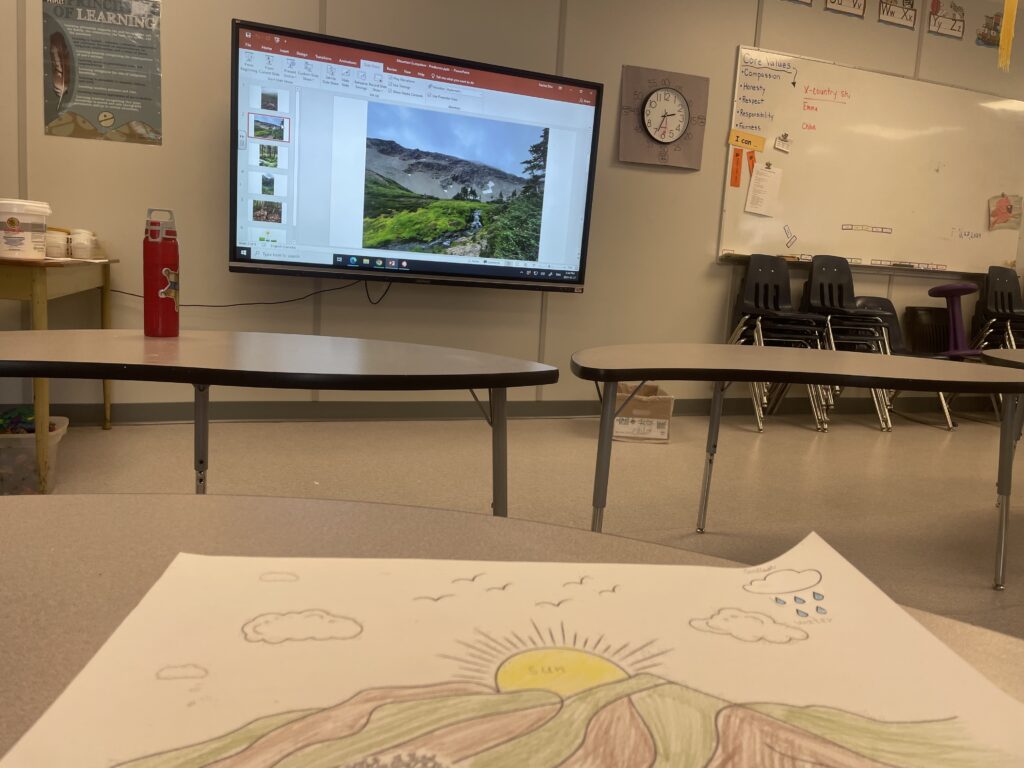Standard 6
To effectively teach our students on certain topics, we must acquire a certain level knowledge and understanding. We want to set students up for success and provide them with the correct information. That being said, it is okay to not have all of the answers as teachers. This is a profession where we are constantly learning from other educators, from ourselves, and from our students.
When we do not have sufficient information to educate on a certain topic, it is then our responsibility to take the necessary steps to have proficient information to effectively teach. We can apply this to our knowledge of global perspectives. It is essential that we incorporate all perspectives in our classroom to ensure our students are well represented and to provide our students with an understanding of other cultures in our world.
Embedding an awareness of other perspectives allows for empathy to flourish. Empathy, kindness, and love are key components in creating an inclusive classroom community that we want to extend unto the world once our students leave our classroom.

Initially I was very overwhelmed in deciding what I was going to teach the Grade 2/3 class at Muheim. I knew I would be teaching Science and Socials. Socials Studies I felt more comfortable with but Science is very out of my comfort zone. I did not feel like I had enough of an knowledge based that I could teach others about the subject area which meant I had some work to do. I knew what an ecosystem was personally, but was not sure on how to break it down to scaffold for the learners.
I had to go back to the basics with each of the elements. I signed out books pertaining to ecosystems that were appropriate for Grade 2/3 and made sure that what I was going to teach lined up with the facts. It was a good refresher for me on what an ecosystem was. There were times where I did not have all of the answers and that was okay. These were opportunities where I could connect with the student who had the question and we could share a learning experience.
This approach was inspired by Rita Pierson. She clearly illustrates the importance of building relationships and sets a good example of what authenticity can look like and the powerful nature of that connection. I would highly recommend viewing her Ted Talk attached in this post.
